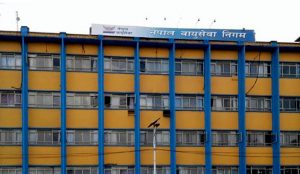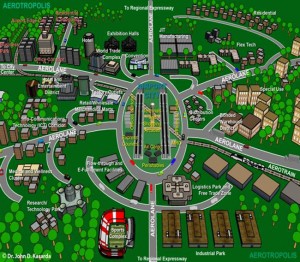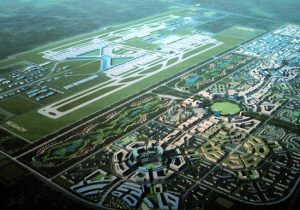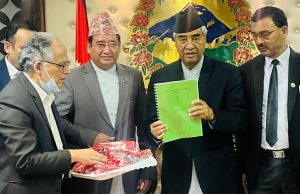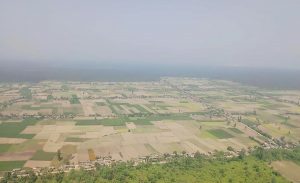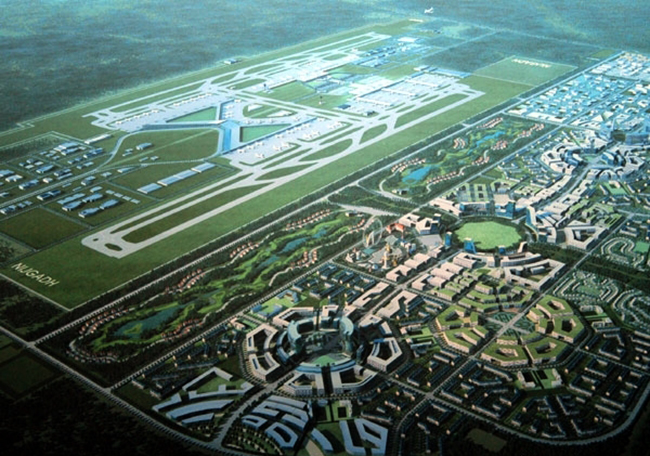
Kathmandu, November 10
The government has decided to proceed with the construction of the controversial Nijgadh International Airport. The meeting of the Council of Ministers held on Thursday instructed the Ministry of Culture, Tourism and Civil Aviation to implement the report given by the expert group on the construction of the airport.
In the fiscal year 2023/24 budget, the government declared its commitment to concluding the preparatory activities for the Nijgadh International Airport project within the year. These activities include environmental impact assessments, settlement relocation, compensation distribution, and land conservation.
Additionally, the budget disclosed that the investment modality for the airport will be determined, and the progression of airport-related work will continue. In line with this announcement, the Ministry of Tourism received instructions during the meeting of the Council of Ministers on Thursday to enforce the decision.
Bharat Mani Subedi, Secretary of the Ministry, stated that the decision of the Council of Ministers will guide future actions, and the Ministry will proceed with the implementation process of the project accordingly.
What do the experts say?
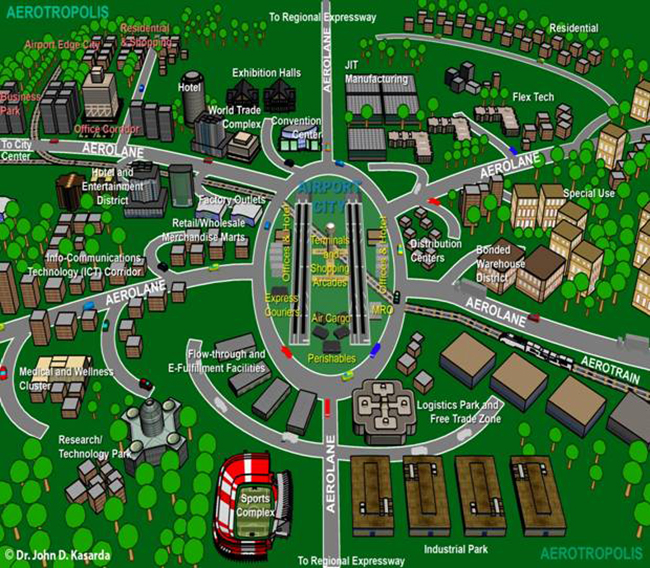
On May 26, 2022, the Supreme Court nullified the government’s 2021 decision regarding the construction of Nijgadh International Airport. The full verdict of the judgment stressed the formation of an expert group to explore alternative locations for the airport and asked the government to start everything from scratch. If Nijgadh remains the chosen site, the court urged the establishment of a construction site with minimal impact on forest land.
In compliance with the Supreme Court’s order, the government established an expert group on August 5, 2022, led by air infrastructure expert Birendra Bahadur Deuja. The group submitted its findings to the government on September 19, 2022. The report suggests that the construction of the airport should begin from scratch, involving the designation of specific parameters, including an environmental impact assessment. In essence, the process is expected to commence from the ground zero, encompassing a comprehensive approach to the project.
The expert group’s study states the government can fund the construction of the airport using its own resources. Birendra Bahadur Deuja, the coordinator of the expert group, claims that the current revenue generated by the Civil Aviation Authority of Nepal is deemed adequate for this purpose.
“The airport should be built in two phases”, he told Onlinekhabar. “The resources of the Authority and the government are sufficient to complete the first phase of the project.”
He estimates that the construction of an airport with parallel runways in the initial phase would incur a cost of approximately USD 1.2 billion.

However, the Council of Ministers did not provide any information was provided about the funding source. As outlined in the expert group’s report, the Nijgadh International Airport can be developed on 1,900 hectares in the first phase and expanded to 3,845 hectares in the second phase.
This proposed area is significantly smaller compared to the previous plan. Initially, the government had envisioned constructing an international airport on a vast expanse of 8,45.79 hectares. This plan involved an agreement with the Nepali Army to cut down 2.45 million trees.
However, the expert group now recommends utilising 80 per cent of land in Kolhabi Municipality and 20 per cent in Jitpur Simra Jeetpursimara Sub-metropolitan City for the airport. The designated area for the airport includes a region characterised by a combination of forests, settlements, agriculture, and forested branches. Notably, there are specific areas like Tangiya Basti and Rakar land that have already undergone compensation processes.
Aiming to build a primary airport
Nepal currently has three international airports, each with its own set of limitations. Kathmandu is operating under significant pressure due to high traffic volume. In contrast, the other two airports, Bhairahawa and Pokhara, have struggled to attract substantial air traffic.
Campaigners for the Nijgadh International Airport argue that the construction of a well-equipped airport in Nijgadh will ease traffic pressure for at least the next 50 years. Once fully operational, this airport is projected to accommodate up to 60 million passengers annually. This is why members of the expert group emphasise referring to Nijgadh International Airport as a ‘primary airport,’ highlighting its significance over being labeled as a secondary or tertiary facility.






